"We use three basic 3D-printing processes at Materialise"
Next in our series of movies about 3D printing we talk to Bart Van der Scheuren, vice president of Belgian additive manufacturing company Materialise, who explains how the three main 3D printing technologies work.
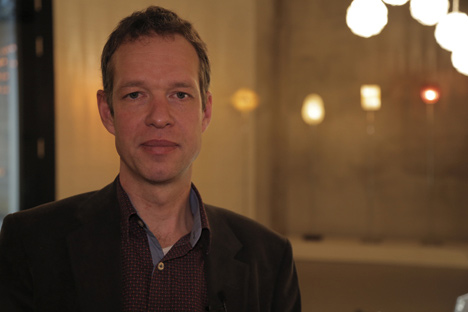
Based just outside Leuven in Belgium, where we visited while researching our 3D-printing magazine Print Shift, Materialise have been working with 3D printing technologies for over 20 years.
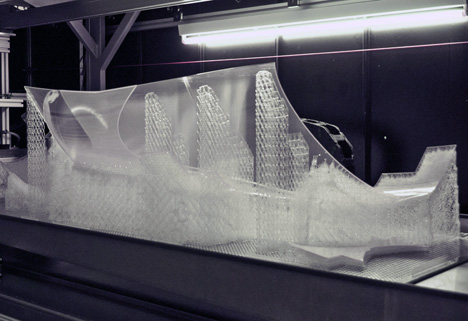
"We offer a broad range of different technologies in different markets," Van der Schueren says. "We are active in the industrial fields, where we produce parts on demand, and a second field is the medical field where we supply software tools or products, which are 3D-printed and used in all kinds of surgeries."
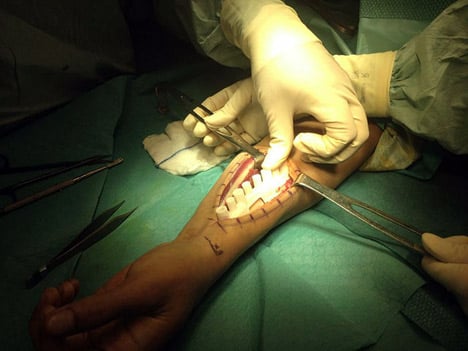
Materialise also offers a number of consumer-facing services and products. i.Materialise is an online 3D-printing service, which allows anyone to upload a 3D model via the internet to be printed out and shipped to their front door, while Materialise.MGX makes and sells 3D-printed lights, furniture and accessories.
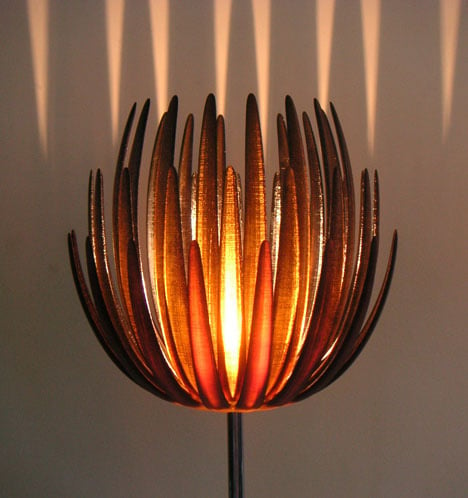
"We have a growing focus on the consumer, because we noticed that the consumer is also interested in these technologies," says Van der Schueren.
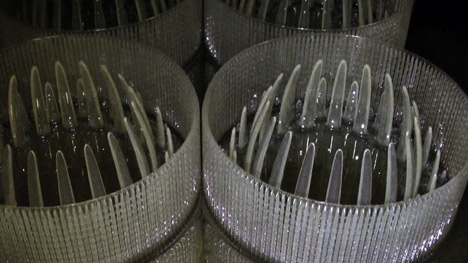
Van deer Schueren goes on to explain the three main 3D printing technologies used in the industry: fused-deposition modelling, laser sintering and stereolithography.
"We have three basic processes," says Van der Schueren. "What all these processes have in common is that they print parts layer by layer."
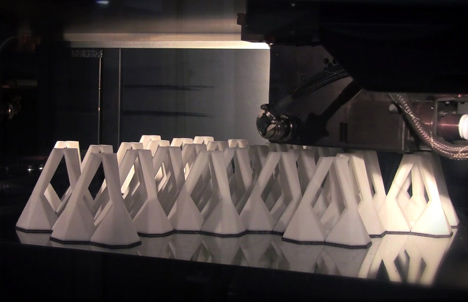
"The most simple technology is one where we start with a [plastic] filament," Van der Schueren says. "The filament is fed into a nozzle that heats the filament until it becomes semi-liquid, a bit like toothpaste. And with that nozzle we will extrude the cross-section of the part that we are building. This technology is called FDM, which stands for fused-deposition modelling."
Invented in the late 1980s, fused-deposition modelling is the same technology used by almost all desktop 3D printers. "If you have a printer at home, that's exactly the type of technology that you'll have," Van der Schueren says.
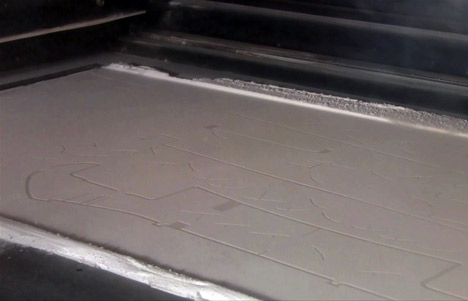
Next, Van der Schueren describes laser sintering, the most recent of the three processes, which was introduced in the early 1990s and can be used to print plastics, ceramics and even metals.
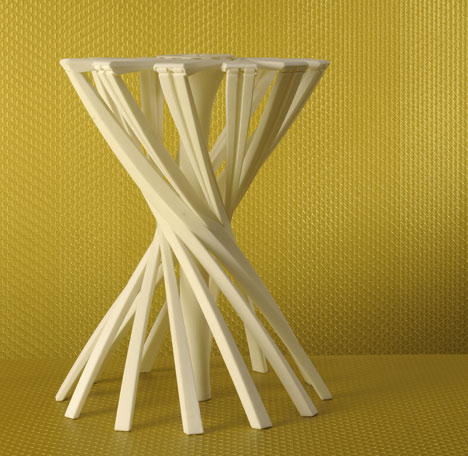
"The second group of technologies make use of powdered materials," Van der Schueren explains. "In this case we deposit a layer of powder and write the cross section of the part that we are printing with a laser beam. Where the laser hits the powdered particles they melt together; where we don't write with the laser the powder stays loose."
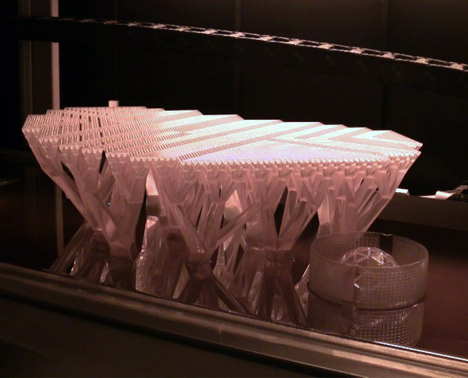
Finally, Van der Schueren discusses stereolithography, the first 3D printing process, which was invented by 3D Systems founder Chuck Hull in 1986.
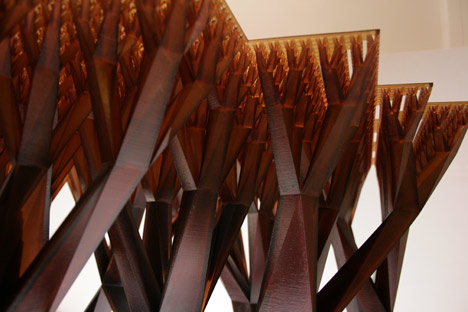
"The raw material is a liquid [for this process]" explains Van der Schueren. "We cast a liquid layer on a platform in a vessel and then we write with an [ultraviolet] laser into this liquid. The liquid will become solid where it is hit by UV light and everything that is not hit with the laser remains liquid. [Once it has finished printing] we move the platform up, the excess liquid flows back into the machine, and we have our components."
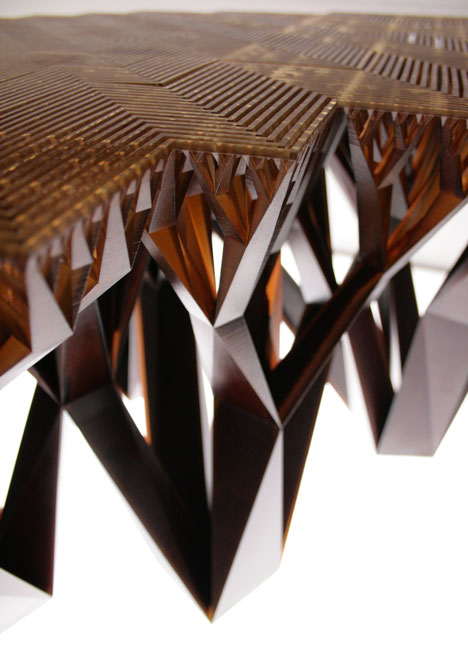
See all our stories about 3D printing »
Find more information about Print Shift and see additional content here.